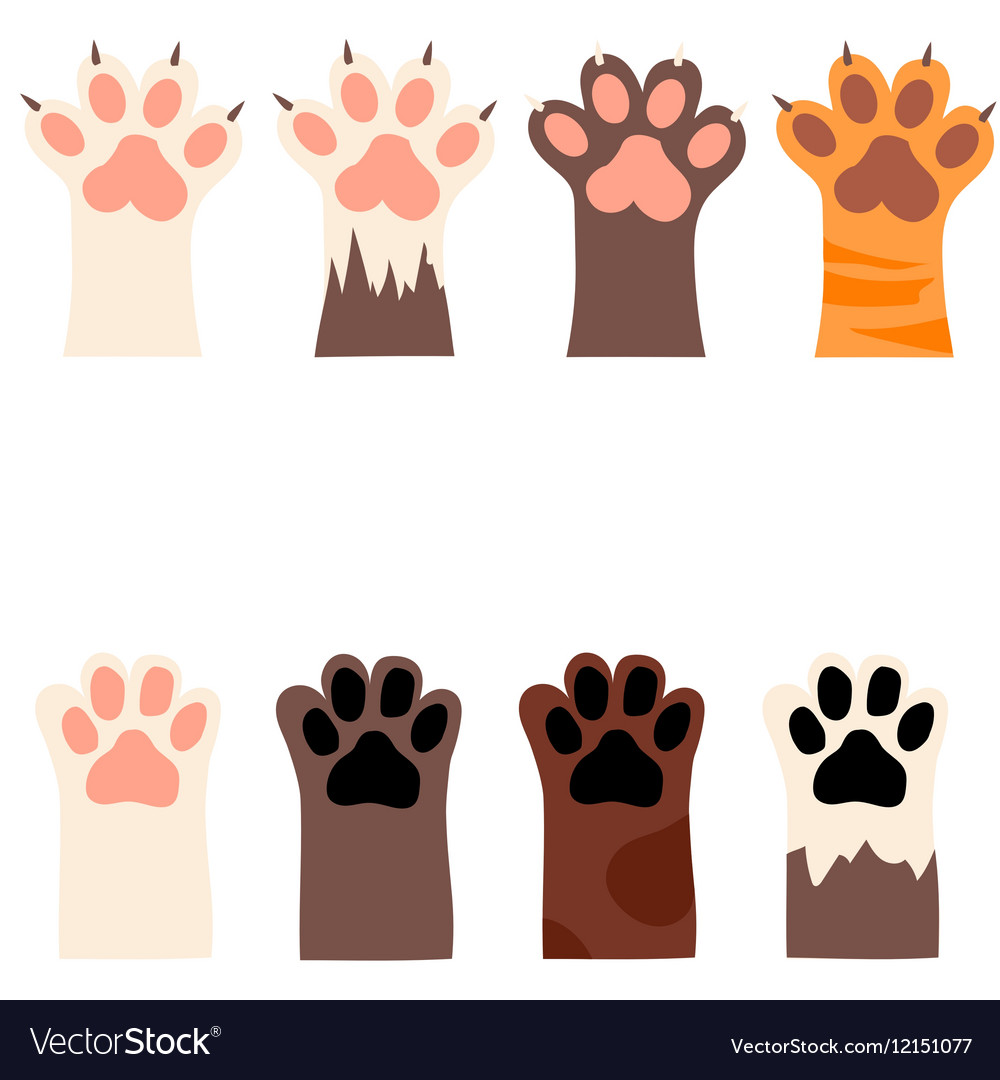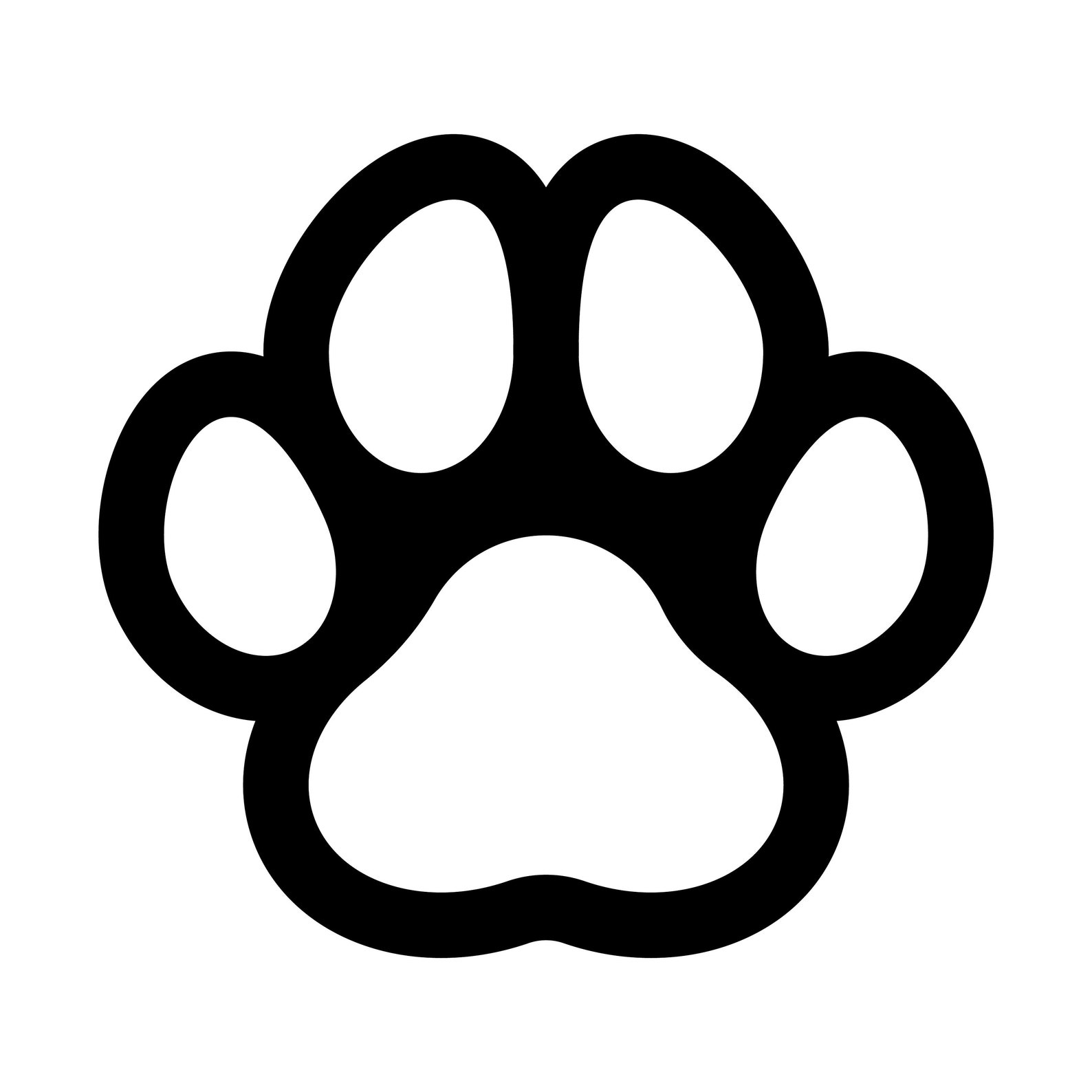From the playful patter of a kitten’s paws to the steady thud of a dog’s trot, paw prints leave an indelible mark on our hearts and lives. These intricate impressions, like tiny hieroglyphs, hold a wealth of information about our beloved pets, revealing their unique personalities, health, and history. Join us as we delve into the fascinating world of cat and dog paw prints, uncovering the secrets they hold.
Paw Print Anatomy

From the playful patter of a kitten’s paws to the steady thud of a dog’s trot, paw prints leave an indelible mark on our hearts and lives. These intricate impressions, like tiny hieroglyphs, hold a wealth of information about our beloved pets, revealing their unique personalities, health, and history. Join us as we delve into the fascinating world of cat and dog paw prints, uncovering the secrets they hold.

Cat Paw Prints
Cats possess five toes on their front paws and four toes on their hind paws. Their paw prints are typically smaller and more delicate than those of dogs, with distinct oval-shaped pads. The claws are usually retracted, leaving no visible marks in the print.
Dog Paw Prints
Dogs have four toes on each paw, with an additional "dewclaw" on the inside of the front paws. Their paw prints are larger and more robust than those of cats, with more rounded pads. The claws are often visible in the print, especially on harder surfaces.
Paw Print Anatomy
- Free Cat Paw Print SVG Paw-some Free Cat Paw Print SVG: Elevate Your Creative Pursuits
- Bear Paw SVG Bear Paw SVG: Unleashing The Power Of Nature In Your Designs
- Momma Bear Paw SVG Momma Bear Paw SVG: A Symbol Of Strength, Protection, And Love
- Cat Prints Paw Cat Prints: A Pawsome Guide To Deciphering Your Feline’s Footsteps
- Free Dog Paw Print Paw Prints: A Timeless Symbol Of Love And Loyalty
The anatomy of a paw print is remarkably complex, consisting of several distinct components:
- Pads: The soft, fleshy cushions that provide traction and absorb shock.
- Claws: The sharp, retractable nails that protect the pads and assist in climbing and hunting.
- Dry, cracked pads: May indicate dehydration, allergies, or infection.
- Swollen or inflamed pads: Can be a sign of injury, arthritis, or other health conditions.
- Overgrown claws: Can lead to discomfort, pain, and difficulty walking.
- Trim claws: Prevent overgrown claws that can cause discomfort and mobility issues.
- Moisturize pads: Use pet-friendly moisturizers to keep pads soft and supple.
- Inspect paw pads: Check for any signs of injury, dryness, or infection.
- Clean paw prints: Wash paw prints with warm water and mild soap after walks or playtime in muddy areas.
Unique Paw Print Patterns

Just like human fingerprints, paw prints are unique to each individual. The size, shape, and arrangement of the pads and claws create a distinctive pattern that can be used for identification purposes. This is particularly useful for lost or stolen pets, as paw prints can be compared to records on file with animal shelters and veterinary clinics.
Paw Print Health Indicators
Paw prints can also provide valuable insights into your pet’s health. For example:

Paw Print Care
Maintaining healthy paw prints is essential for your pet’s well-being. Regular grooming includes:
FAQs
Q: How can I preserve my pet’s paw print?
A: There are several ways to preserve your pet’s paw print, including using clay, ink, or a paw print kit.
Q: Can I use paw prints to identify my pet’s breed?
A: While paw print patterns can vary within breeds, they are not a reliable indicator of breed identification.
Q: What is the largest paw print in the animal kingdom?
A: The largest paw print belongs to the polar bear, measuring up to 12 inches in length.
Q: Why do cats have retractable claws?
A: Retractable claws help cats maintain a sharp edge while also allowing them to walk silently and avoid damaging surfaces.
Q: How often should I trim my pet’s claws?
A: The frequency of claw trimming depends on your pet’s individual needs. Generally, claws should be trimmed when they start to curl or interfere with your pet’s walking.
Conclusion
Paw prints are not just charming reminders of our furry companions, but they also hold a wealth of information about their health, personality, and history. By understanding the anatomy, unique patterns, and health indicators associated with paw prints, we can provide the best possible care for our beloved pets. So next time you see your cat or dog leaving their tiny footprints on the world, take a moment to appreciate the intricate beauty and hidden secrets they hold.

